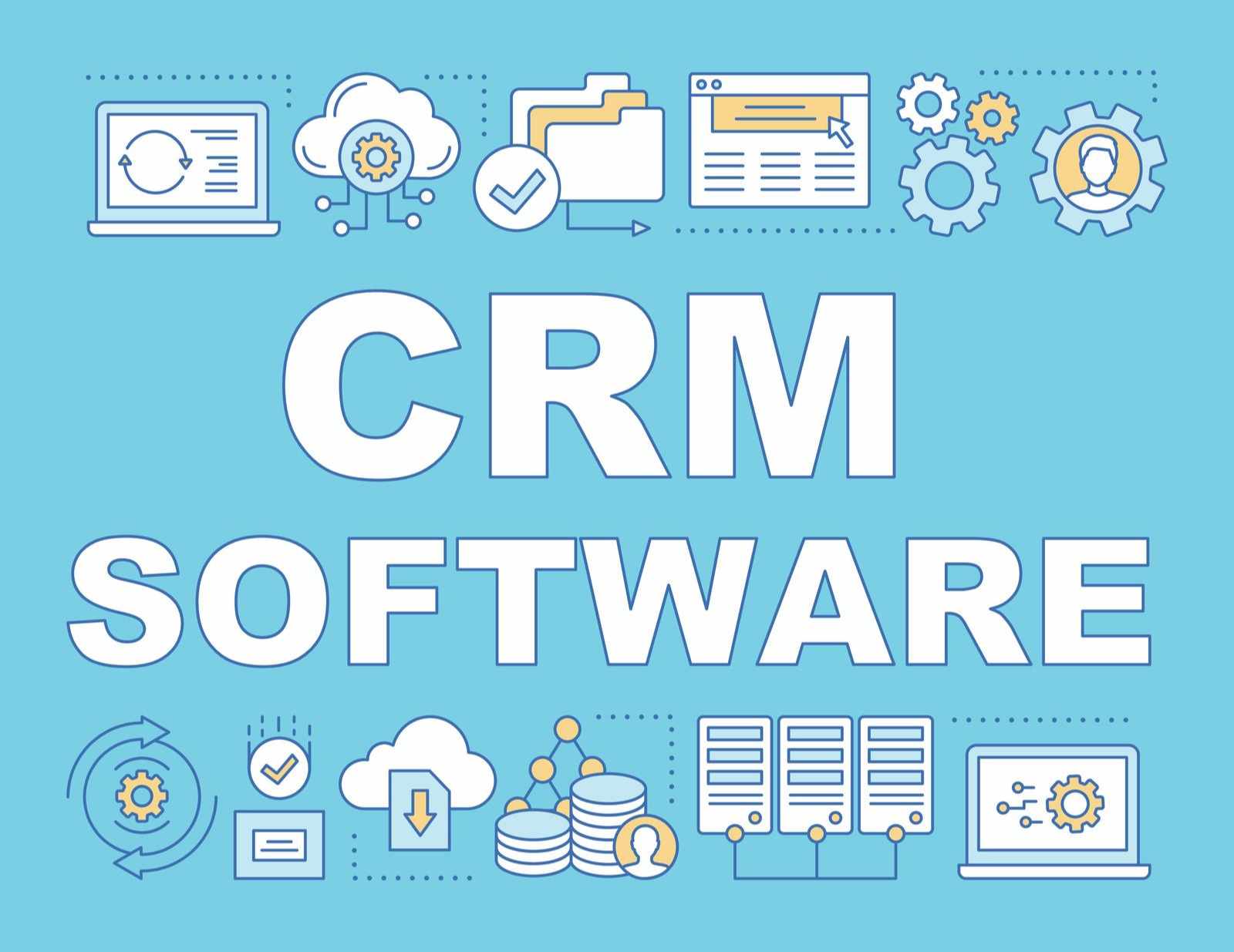At surface value, CRM software and marketing automation might seem like the same thing. Both describe systems that simplify tasks across a workforce by collecting and managing customer data. However, they serve different purposes and can ultimately be used together to great effect.
As the name implies, marketing automation is usually used by marketing departments to generate potential leads. Meanwhile, CRM (Customer Relationship Management) helps salespeople turn existing leads into paying customers. This is a somewhat simplified explanation though, so read on to see how combining the two could be the perfect answer for your business.
What is CRM and Marketing Automation?
Before the age of technology, everything had to be written down physically and distributed. This made managing large amounts of information fairly tedious. Now that everything can be accessed digitally, CRM software can easily organize data about customers, services, campaigns, or anything else for easy reference.
Marketing Automation tools are designed to automate certain tasks based on the situation. This includes things like scheduled social media posts, sending out marketing emails, or the automation of newsletter signups. By having these automatic systems in place, you increase the efficiency of your employees who don’t have to spend their time on these things.
Benefits of Combining CRM and Marketing Automation
One of the most obvious advantages of this approach is that sales and marketing become a combined workforce that work in tandem. Keeping them separate creates the necessity for things like feedback and scheduled meetings for better organization. Beyond that, there are other ways they can implement the shared information.
If the marketing team knows which of their leads get converted first by sales, they can better prioritize which leads to use in the future. Likewise, sales can benefit from the marketing side of things if they can see how the leads were generated in the first place. Information is one of the most important weapons in any company’s arsenal, and streamlining it for multiple uses is a no brainer. Some of the simpler data points that can be shared are things like customer conversion histories, results of email nurturing campaigns, and being able to filter customers based on important variables.
There are also things that are far better tracked if CRM is used with Marketing Automation. Multi Touch Attribution will be able to measure the value of each touchpoint that eventually resulted in a lead conversion. A / B Testing is also far more effective if applied to the whole process versus separating everything. The same can be said of Lead Segmenting or Lead Nurturing.
Content Management Systems
Something else businesses may want to look into are Content Management Systems. They are used to create and manage website content without having a huge background in coding or previous knowledge in HTML (though it doesn’t hurt). The most popular and common example of a CMS is WordPress. Because they are simpler to use and don’t require a huge technical background, it is easier to integrate into CRM. Some CRM systems even make this process quicker.
How to Choose a Marketing Automation Platform
When trying to find the perfect Marketing Automation Platform, there are several things to consider. First, you should see if the solution you are looking at has preexisting integrations with products you already have. You should also look to see if there are already CRM or sales capabilities baked in. There are also generic factors that apply to most other products, such as usability, price, and ease of set-up.
Using Email Marketing
It should come to no surprise that email marketing is one of the most cost-efficient ways to do marketing for small businesses. Since everything is digital, it keeps the costs down while also seeing a good return when employed properly. In fact, studies have shown that that there is a 4300% return on investment for email marketing.
Because of that, many organizations look for CRM with email marketing capabilities while trying to find the best fit. It makes engaging with potential customers a seamless experience. Some of the solutions you may want to examine are Freshsales, Keap, Nimble, Zoho, or Hubspot. Another option is to go with a standalone Email Marketing service. Hubspot has this as a product separate from their CRM platform. Also take a look at Constant Content, Drip, Moosend, or Sendinblue.
Drip Marketing
Drip marketing is a useful tool that is available on many CRM systems. The “Drip” refers to setting how often emails are sent out to customers based on a number of factors. They can be set to a specific time schedule or based on certain actions. These can include notifying someone when they haven’t made an order in a while, or if they left an item in a shopping cart without going through with the purchase. By limiting the emails sent to a person except in these key moments, you don’t run the risk of overloading a person with too much while still keeping them relatively engaged.
Using Account Based Marketing
Once you use a CRM to determine where your best leads and conversions are coming from, Account Based Marketing can target those sources. They are designed to create specific marketing strategies for individual accounts. Where general marketing strategies are good for casting a wide net, it is better to focus in on where your financial relationships are the strongest.
The name of the game here is quality over quantity. Account Based Marketing creates a better and more personalized experience for select customers, which ensures that everyone gets what they want and need. This is more desirable than getting many leads that don’t convert in the end.
Marketing Automation Software
One final thing to look at are Marketing Automation options. There are many products with many different features that are constantly evolving with technology. Understanding what they are capable of will offer businesses an edge up against the competition.
First is Linda, which is the automation platform for LinkedIn. As you might expect, it excels in social marketing and having customizable CTAs. Another system that is attached to a bigger name is Pardot. It is a marketing automation by Salesforce, which has features such as lead scoring, setting up landing pages, search marketing, and sales intelligence. The aforementioned Sendinblue is another option to look at. Last but not least, be sure to give Maropost, Blueshift, and User.com a look. One of these may have the feature set that would be perfect with your company.





